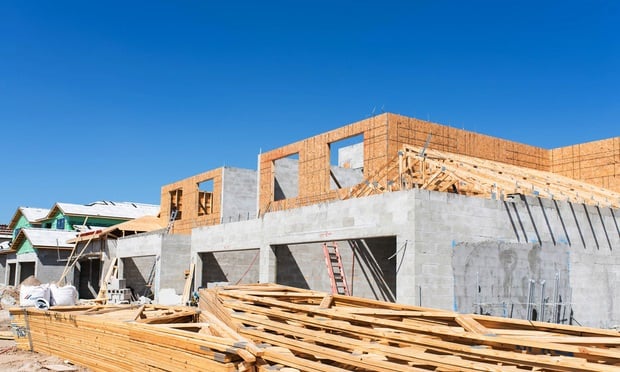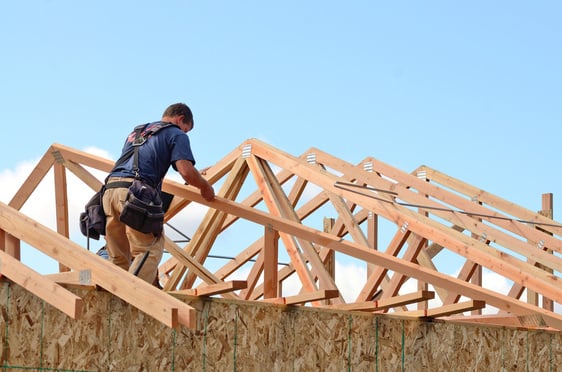Part 1 of 2
The year was 2000, and unbridled optimism has been laced with a fair helping of caution as the industrial real estate market swings into a new year. Concerns abound, with a tech sector that took a pummeling on Wall Street with the death of so many dot-coms also putting a damper on expectations that E-retailers would own and redefine the market on a national basis. At the time, GlobeSt.com reporters around the country were filing stories that clearly indicated a 50/50 partnership between caution and optimism.
Fast forward to today and things seem to be relatively healthy for the sector, and great in a few areas in particular. The biggest changes over the past 15 years are the dramatic growth in building size and efficiencies, says Ron Washle, senior managing director of Newmark Grubb Knight Frank's Ontario, CA office. “Fifteen years ago, 400,000 to 500,000 square feet was a big industrial building. Five years ago, 700,000 square feet was considered large, and today we are seeing speculative industrial product being delivered in the range of 1.2 to 1.3 million square feet.”
Washle also notes that clear heights are rising. “In the past, the typical clear height requirement was 30 feet. Now we are seeing a 36-foot minimum clearance.” This increase in clear height, he says, allows users the opportunity to maximize the cubic storage capacity via higher ceiling height, thus allowing more pallet positions within the facility. “This new height requirement and system for pallet storage is what most e-commerce users are now utilizing.”
The nation's healthiest industrial warehouse and distribution market today, he says, is Southern California's Inland Empire region consisting of Riverside and San Bernardino counties. “This region boasts a vacancy rate of under 5% and cap rates on class A industrial buildings with credit tenants at sub 5%. The large, big box industrial market was the first to rebound post-recession, however, smaller buildings under 100,000 square feet are currently selling for record high numbers at over $100-per-square-foot to owner-users.”
This smaller owner-user product of 100,000 square feet and under, Washle continues, is comprised of roughly half of Asian buyers. “The region has seen an increase in overseas buyers over the past five years. We are also seeing a migration from City of Industry and other Los Angeles areas to the Inland Empire, as it offers cost benefits and strategic logistics infrastructure.”
Check back with GlobeSt.com in the next day or so where we look deeper into how demand for industrial space has changed over the past 15 years including how tenants are looking at space performance differently today compared to 15 years ago.
Continue Reading for Free
Register and gain access to:
- Breaking commercial real estate news and analysis, on-site and via our newsletters and custom alerts
- Educational webcasts, white papers, and ebooks from industry thought leaders
- Critical coverage of the property casualty insurance and financial advisory markets on our other ALM sites, PropertyCasualty360 and ThinkAdvisor
Already have an account? Sign In Now
© 2024 ALM Global, LLC, All Rights Reserved. Request academic re-use from www.copyright.com. All other uses, submit a request to [email protected]. For more information visit Asset & Logo Licensing.








